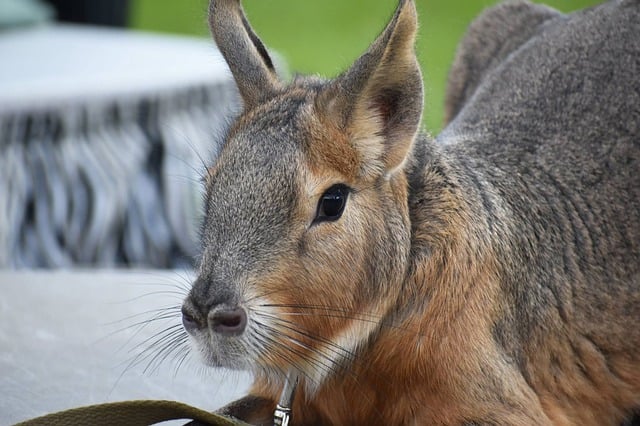



Keeping a capybara as a pet can be a unique and rewarding experience. Here are some of the pros of having a capybara as a pet:
1. Social and Friendly: Capybaras are known for their social nature and friendly demeanor. They are highly social animals and enjoy being around humans and other animals. They can form strong bonds with their owners and become a part of the family.
2. Intelligent: Capybaras are intelligent animals and can be trained to some extent. They can learn basic commands and tricks, making them an interesting and interactive pet to have.
3. Low Maintenance: Capybaras are relatively low maintenance pets. They have simple dietary needs and can be fed a diet of hay, grass, and fresh vegetables. They also require access to clean water for swimming, as they are semi-aquatic animals.
4. Playful and Fun: Capybaras are playful animals and enjoy engaging in various activities. They love to swim, play with toys, and explore their surroundings. Having a capybara as a pet can bring a lot of joy and entertainment to your life.
5. Unique and Exotic: Capybaras are not commonly kept as pets, which makes them unique and exotic. Owning a capybara can be a conversation starter and a way to showcase your love for unusual and fascinating animals.
6. Good with Children: Capybaras are generally gentle and tolerant animals, which makes them suitable for families with children. They can be great companions for kids and can teach them about responsibility and empathy towards animals.
7. Therapeutic Benefits: Interacting with animals has been proven to have therapeutic benefits for humans. Capybaras, with their calm and gentle nature, can provide emotional support and help reduce stress and anxiety.
While there are several advantages to keeping a capybara as a pet, there are also some drawbacks to consider:
1. Size and Space Requirements: Capybaras are the largest rodents in the world and can grow up to 4 feet in length and weigh up to 150 pounds. They require a significant amount of space to roam and exercise. A large yard or access to a suitable outdoor area is essential for their well-being.
2. Specialized Care: Capybaras have specific care needs that may require extra effort and resources. They need access to clean water for swimming, as well as a sheltered area to protect them from extreme weather conditions. Their enclosure should be secure and escape-proof.
3. Social Needs: Capybaras are highly social animals and thrive in the company of other capybaras or other suitable animal companions. Keeping a single capybara as a pet may lead to loneliness and behavioral issues. It is recommended to have at least two capybaras or provide ample social interaction for them.
4. Challenging to Find: Capybaras are not readily available as pets and can be challenging to find. They are not commonly bred in captivity, and obtaining a capybara may require extensive research and effort to find a reputable breeder or rescue organization.
5. Legal Restrictions: Before considering a capybara as a pet, it is essential to check the legal restrictions in your area. Some jurisdictions prohibit or regulate the ownership of capybaras due to their exotic nature and specific care requirements.
6. Lifespan: Capybaras have a relatively long lifespan, averaging around 8-12 years in captivity. Committing to a capybara as a pet means being prepared for a long-term commitment and providing care for their entire lifespan.
7. Veterinary Care: Capybaras require specialized veterinary care from professionals experienced in exotic animal medicine. Finding a qualified veterinarian who can provide proper medical care for a capybara may be challenging, depending on your location.
Before deciding to keep a capybara as a pet, it is crucial to thoroughly research their care requirements, consider the pros and cons, and ensure that you can provide a suitable environment and companionship for these unique animals.
Related posts